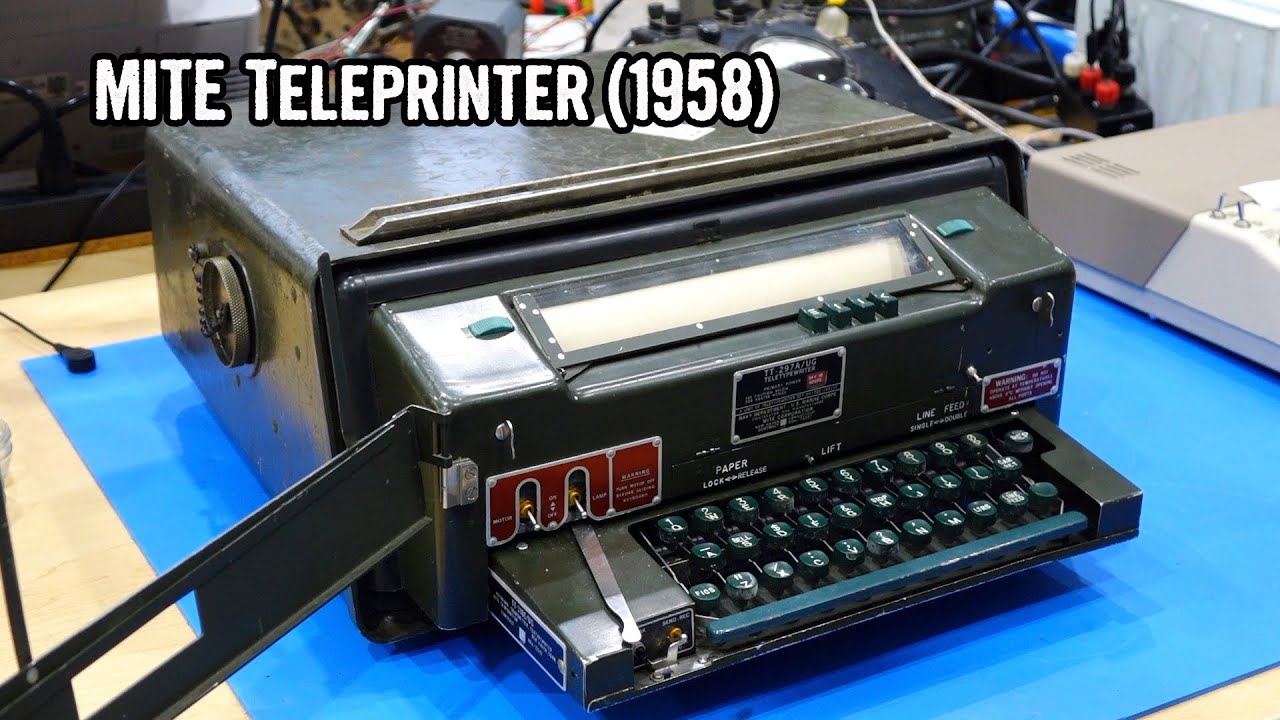Electromechanical teletype machines (more precisely called “teleprinters”) were the mainstay of text message communication from the 1930s into the 1980s, delivering telegrams, wire service news stories to newspapers, financial quotes, and international cables between governments and far-flung offfices of companies. Industrial-grade gear, such as the Teletype model 15 and 19, were rugged, reliable, and repairable, but one thing they weren’t was portable—the model 15 weighed around 45 kg and generally required two people to move, not just due to weight but also its size.
In World War II, military forces around the world relied on teletypes to distribute orders, manage logistics, and pass intelligence up and down the chain of command, but the bulk of teletype machines restricted the locations they could be used. In the late 1950s, the U.S. military deployed the MITE AN/TGC-14A(V) “miniaturised” teleprinter, which weighed a mere 18.6 kg, had a cover to protect it from the elements while being transported, and a fold-out carrying handle (as those who recall “portable” television sets from the 1950s, “If they put a handle on it, it’s portable”). It was compatible with both wired and radio communications channels, used the same five-bit code as existing teletype networks, and could run on the electrical systems if ships, submarines, and aircraft.
It was still a fully mechanical design, but used a very clever printing mechanism which was quieter and generated less vibration than previous teletypes, and could, if the channel and equipment connected to it were compatible, run faster than the standard military teletype speed.
A descendant of this device, the Space Shuttle Interim Teleprinter, even flew on early missions of the Space Shuttle, before being replaced by lighter, quieter, and faster all-electronic gear.
